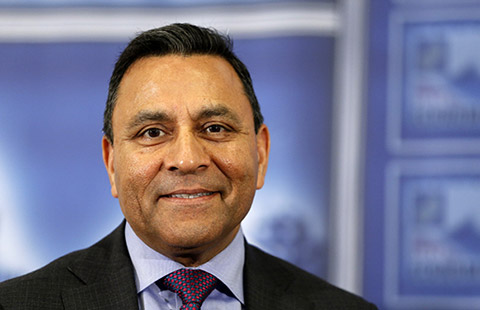China accelerates overcapacity reduction
The government is trying to curb overcapacity as part of efforts to shift the economy away from investment in heavy industry. Instead of initiating another massive stimulus program to lift the economy, authorities are moving cautiously to keep growth steady while implementing related reforms.
President Xi Jinping urged in late July that tackling overcapacity should be prioritized, with more efforts to boost industrial restructuring.
The investment-driven growth that boosted China's economy in years past is not sustainable, said Asian Development Bank economist Zhuang Jian, adding that the government should use this time as an opportunity to reduce overcapacity and transform the economy.
It has been a decade since authorities began to shut down steel, cement and electrolytic aluminum producers who were at overcapacity. The number of industries targeted for reducing capacity has grown from three in 2003 to 19 in 2013.
In north China's Hebei province, the country's largest steel producer, authorities announced a plan in 2010 to cut the province's steel manufacturing capacity to less than 95 million tons by 2015.
But in 2012, the province produced more than 200 million tons of steel.
Local governments have an incentive to continue developing the steel industry, as the sector is a significant contributor in terms of tax revenues and employment, said Song Jijun, deputy director of Hebei's provincial metallurgical industry association.
Steel production has enjoyed rapid growth in Hebei, despite reduced demand for steel products. The province's crude steel and steel product output for the first half of the year totaled 103.35 millon tons and 116.56 million tons, respectively, up 6.83 percent and 9.06 percent year on year.
The taxes paid by steel producers in Hebei totaled 9.99 billion yuan in the first half, down 29 percent year on year. Their profits also tumbled 41 percent from the previous year to 3.31 billion yuan.



















